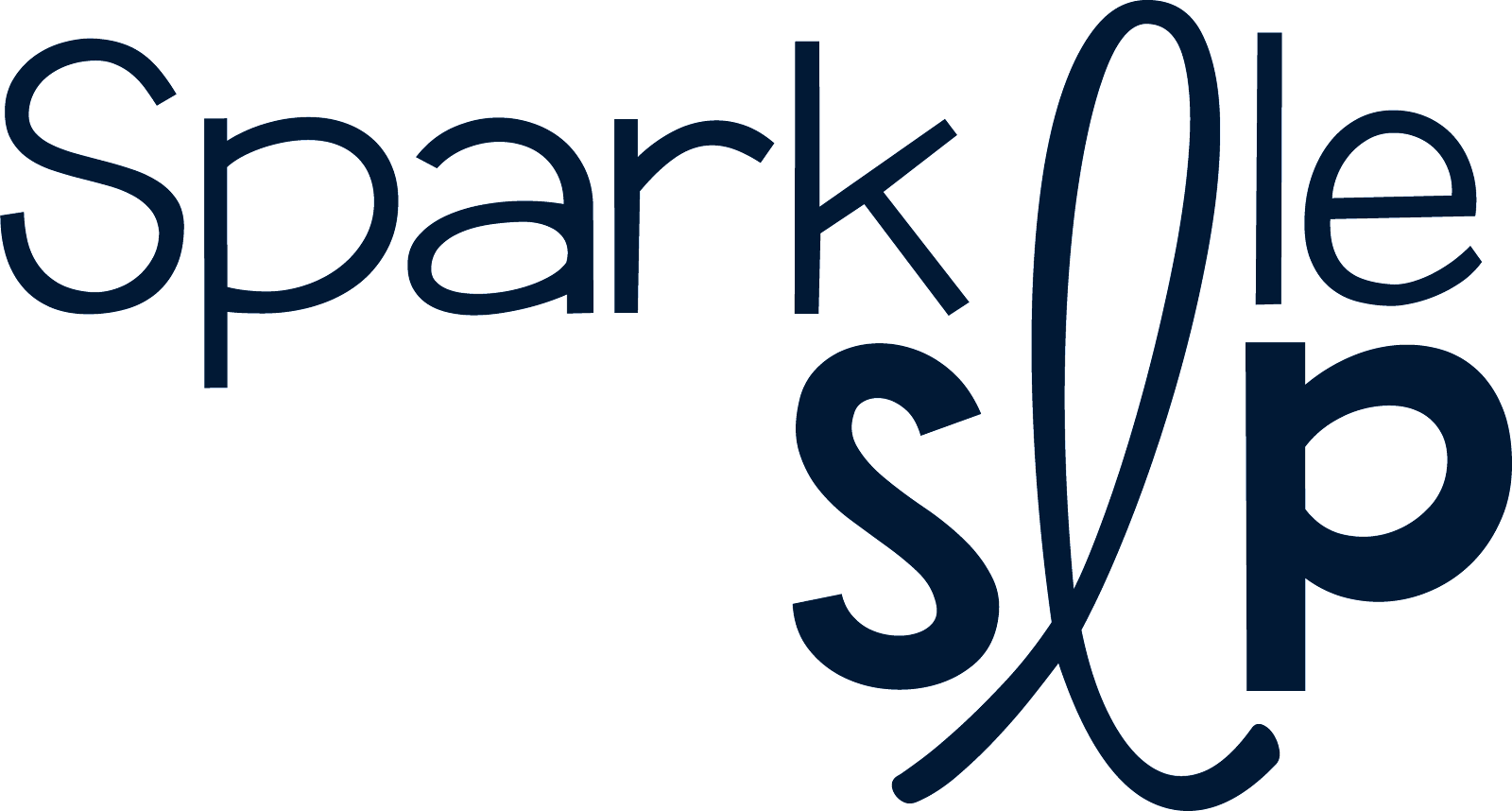General Links
ASHA's Introduction to EBP
Lingusystems Guide to EBP
SpeechBITE
What Works Clearinghouse
ASHAWire
Getting Started in EBP for Childhood Speech Language Disorders {article}
Ohio's Resources for School-Based SLPs compiled by Conrad, Jillson, & Sloan, 2009
Target Speech and Language Areas
AAC
ARTICULATION/PHONOLOGY
ARTICULATION/PHONOLOGY
Traditional Articulation Approach {Van Riper; research link via Caroline Bowen}
Motor Learning Approach {Skelton}
Motor Learning Approach {Skelton}
Phonological Cycles Approach {B. Hodson ASHA Leader Article & Elaine Paden; EBP Briefs}
COMPREHENSION/RECEPTIVE LANGUAGE
Stickwriting (Pictography) Approach {Ukrainetz article}
Pictorial Story Map {Idol & Crolle}
Summarization & Main idea
Teach Story Grammar Explicitly {Marzano}
FLUENCY
FOLLOWING DIRECTIONS
FOLLOWING DIRECTIONS
Chunking {Super Duper Handy Handouts}
PRAGMATICS
EB Systematic Review of Treatment
Overview article
The National Autism Center's EBP and Autism in the Schools
Social Skills Interventions (a review of EBP)
Overview article
The National Autism Center's EBP and Autism in the Schools
Social Skills Interventions (a review of EBP)
Peer Group Entry {Beilinson & Olswang}
Peer Buddy Approach {Laushey & Heflin, 2000}
Peer Mediated Interventions Handout, includes literature review {OCALI, 2012}
Peer Buddy Approach {Laushey & Heflin, 2000}
Peer Mediated Interventions Handout, includes literature review {OCALI, 2012}
Social Stories and Comic Strip Conversations {Gray}
Scripting and Fading {McClannahan & Krantz; Theimann & Goldstein, article}
Direct Instruction {Coe et al.; Chin & Bernard-Opitz; single case design}
Incidental Teaching {McGee et al.}
Cognitive Behavioral Approaches {Timler et al.; article}
Social Skills Groups {Barry et al.; systematic review}
National Center for Autism
Norms for Word Definition {Nippold}
Semantic & Phonemic Cues {Gray, 2005}
Pre-Teaching Vocabulary, Explicit Instruction, Implicit Instruction {National Reading Panel}
Context Clues {article review of 14 studies}
Graphic Organizers {What Works in Classroom Instruction, 2000}
Graphic Organizers {What Works in Classroom Instruction, 2000}
Semantic Mapping {Kim, A., Vaughn, S, Wanzek, J., & Wei, S., 2004; Alt, M & Plante, E., 2006}
Semantic Feature Analysis {Boyle}
SYNTAX/GRAMMAR
Clinical Forum
Recasts {Proctor-Williams, Fey, & Loeb, 2001; Nelson, Camarata, Welsh, Butkovsky, & Camarata, 1996}
Clinical Forum
Recasts {Proctor-Williams, Fey, & Loeb, 2001; Nelson, Camarata, Welsh, Butkovsky, & Camarata, 1996}
Focused Stimulation {Cleave & Fey, 1997}
Alternating Morpho-syntax/Phonological Cycles {Tyler, Lewis, Haskill, & Tolbert, 2003}
Alternating Morpho-syntax/Phonological Cycles {Tyler, Lewis, Haskill, & Tolbert, 2003}
Modeling






